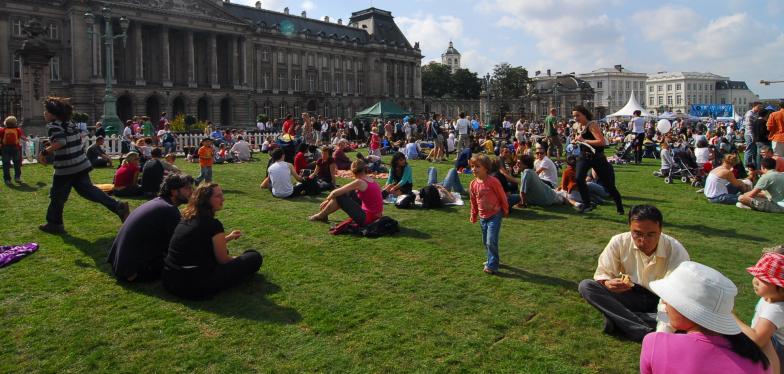Brussels 2nd most cosmopolitan city
Brussels is the second most cosmopolitan city in the world, as 62% of its residents were born in a different country or have a migration background (so-called 2nd or 3rd generation migrants). This is shown in the World Migration Report 2015.

The most cosmopolitan city in the world is Dubai, where no less than 82% of the population was born elsewhere or has a migration background. The rest of the top 10 consists of Toronto (46%), Auckland (39%), Sydney (39%), Los Angeles (39%), Singapore (38%), London (37%), New York (37%) and Melbourne (35%).
The World Migration Report 2015, published by the International Organisation for Migration (IOM), indicates that migratory flows are changing in line with the changes in the world economy. A much greater range of cities all over the world have become destinations for migrants. For example, migrants are more and more attracted to countries with high economic growth in East Asia, Brazil, South Africa and West India. Cities everywhere are experiencing a constant exchange of people between the urban, regional, national and global communities. Because of this cities are confronted with growing challenges of the management of migration-induced diversity.
Brussels also belongs to this list of 'global cities', the IOM report concludes. These are cities which play a crucial role in the world economy due to their direct ties with the international financial system and with multinationals. These cities are located mostly in Europe, South East Asia and the US and attract many migrants. One out of five international migrants lives in 1 of these 20 'global cities'.
The report does not only point out the challenges, but also the advantages of migration to the city. Cities offer the possibility to escape difficult living conditions in rural areas and increase access to work, health care and education. Migrants can also make a greater contribution to the development of the city. The report also refers to the problems of cities such as high pressure on the infrastructure, the environment and the social fabric.